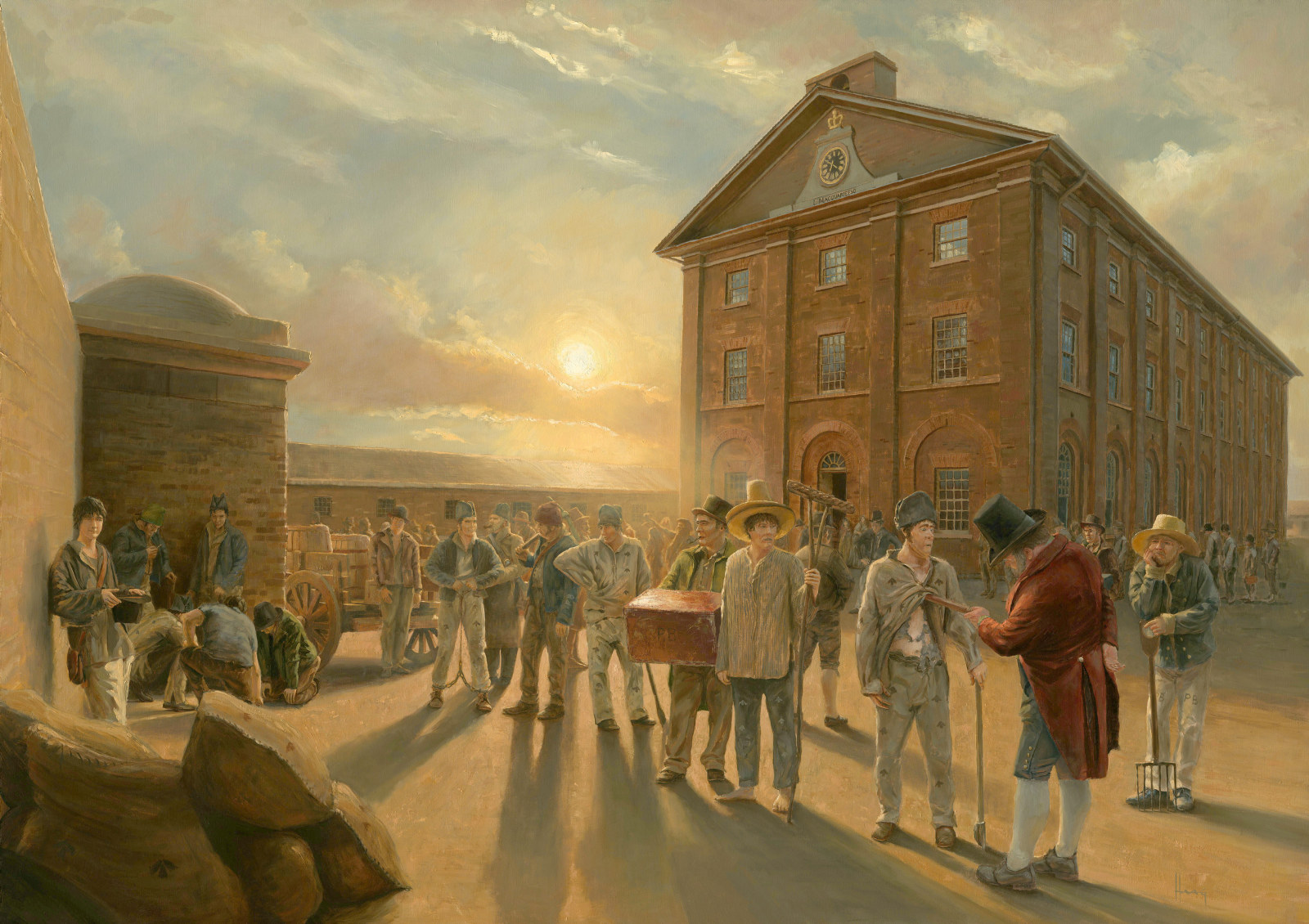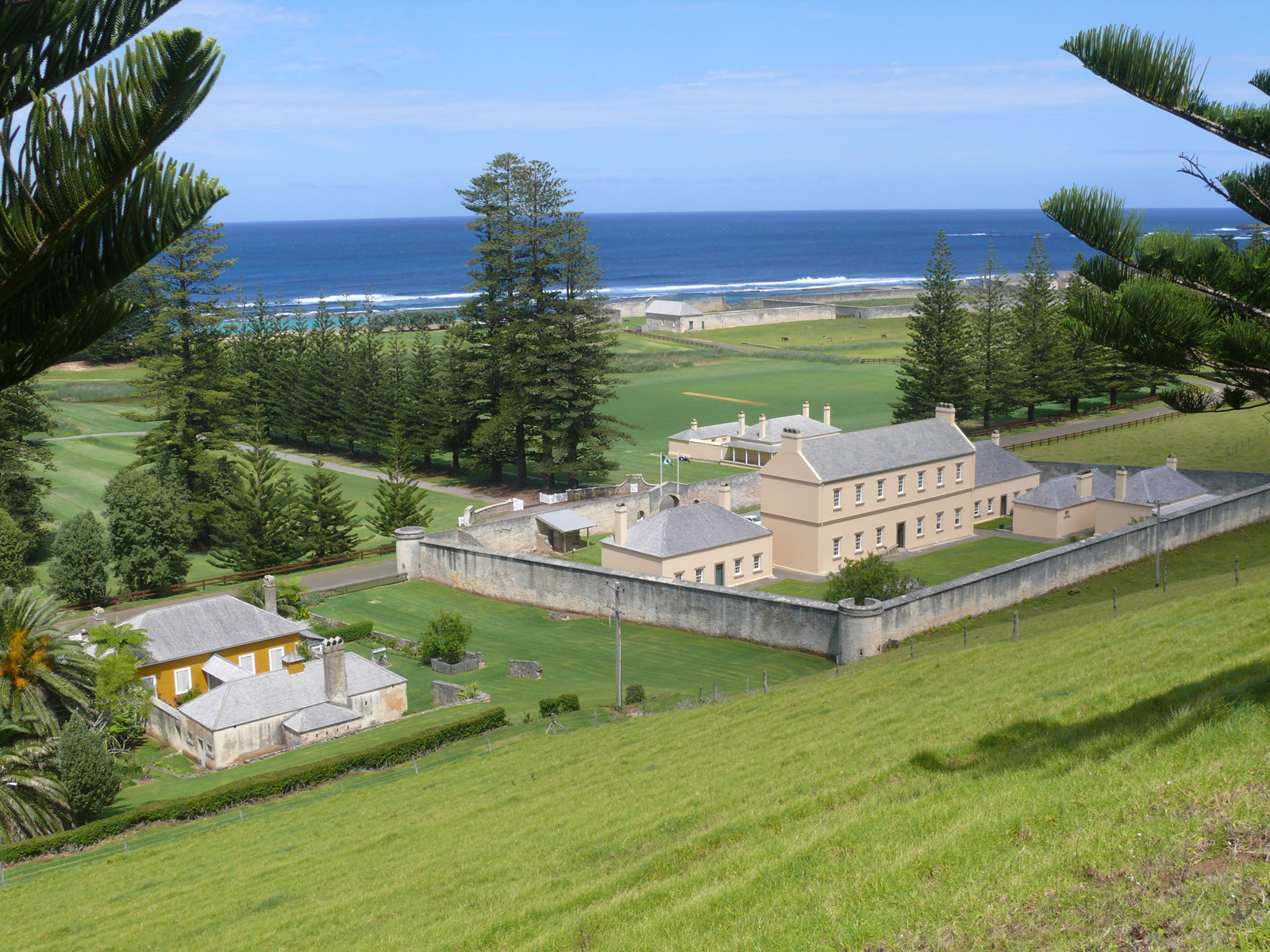Cockatoo Island
Convict site NSW (1839–69)
The site was a penal station for reoffending male convicts established on an island in Sydney Harbour within easy reach of Sydney town.
Cockatoo Island typifies the use of penal transportation to expand Britain’s geopolitical spheres of influence and to punish and deter criminals in Britain. The site is also associated with the abolition of transportation and the rise of domestic penitentiaries in Britain.
It comprises 13 convict-built structures located on a raised sandstone plateau surrounded by quarried cliffs dropping to a levelled surrounding area. The buildings are made from sandstone blocks quarried by convicts on the island. The layout of the station shows the segregation of military and administrative functions from areas where convicts worked and were housed. The Superintendent’s Residence is on the elevated part of the plateau above the Prisoners Barracks and convict work areas. On the lower side of the plateau, the Prisoners Barracks and Hospital form three sides of an open courtyard. The barracks, initially built to accommodate no more than 328 men, actually housed up to 500 men. The convict Mess Hall and the Kitchen run along the fourth side of the courtyard. The Mess Hall was also used as a school and chapel. The Prisoners Barracks area is surrounded by the Military Guard House, two Free Overseers’ Quarters, Military Officers’ Quarters and the Guard House Kitchen. The Military Guard House was used to police convicts and also to protect the colony at Sydney Cove. The cut-out corner remains of an underground isolation cell for the punishment of recalcitrant convicts are located on the cliff face.
On the water’s edge is Fitzroy Dock, an excavated sandstone dry dock. It is 114 metres in length with sides lined and stepped with convict-cut sandstone masonry blocks. The nearby Engineers’ and Blacksmiths’ Shop was built by convicts to support the dock. A series of underground bottle-shaped sandstone silos averaging 5.7 metres deep and 6 metres wide were hand cut by convicts out of solid rock. Today, Cockatoo Island is a historic site.
Read more about Cockatoo Island and the other Australian Convict Sites inscribed on the World Heritage list.

Convict Sydney
Convict Sydney
From a struggling convict encampment to a thriving Pacific seaport, a city takes shape
Related

Convict Sydney
Norfolk Island
A hellish prison outpost was established in two phases on Norfolk Island between 1788 and 1855
Published on
